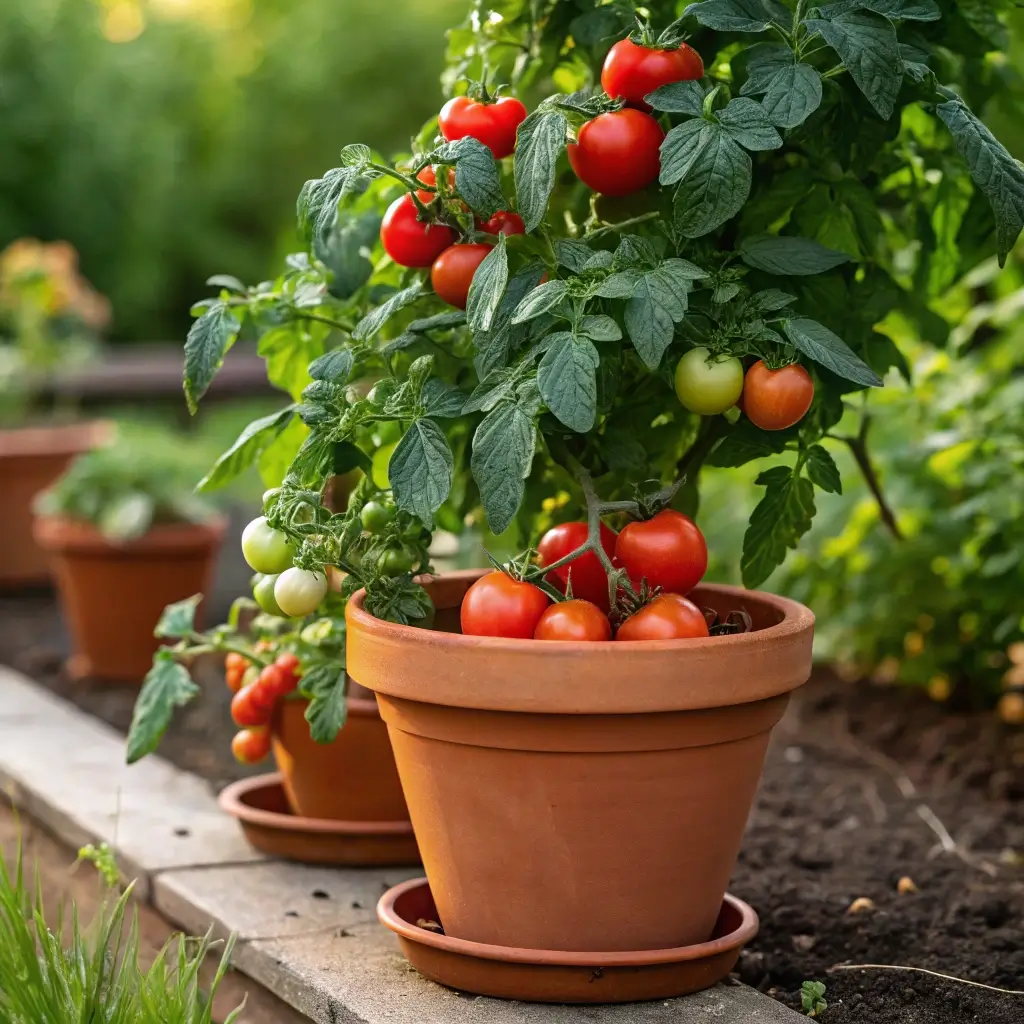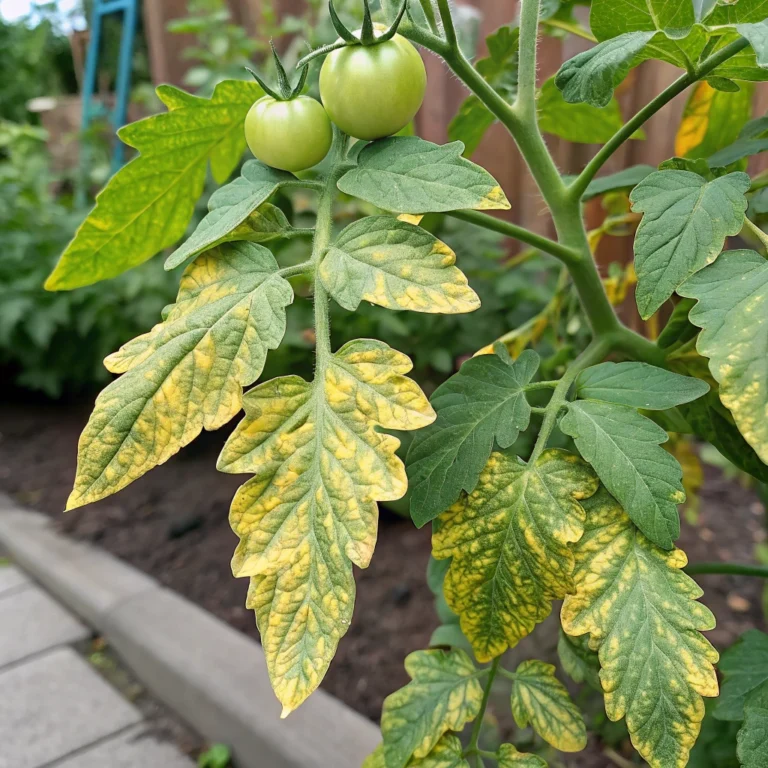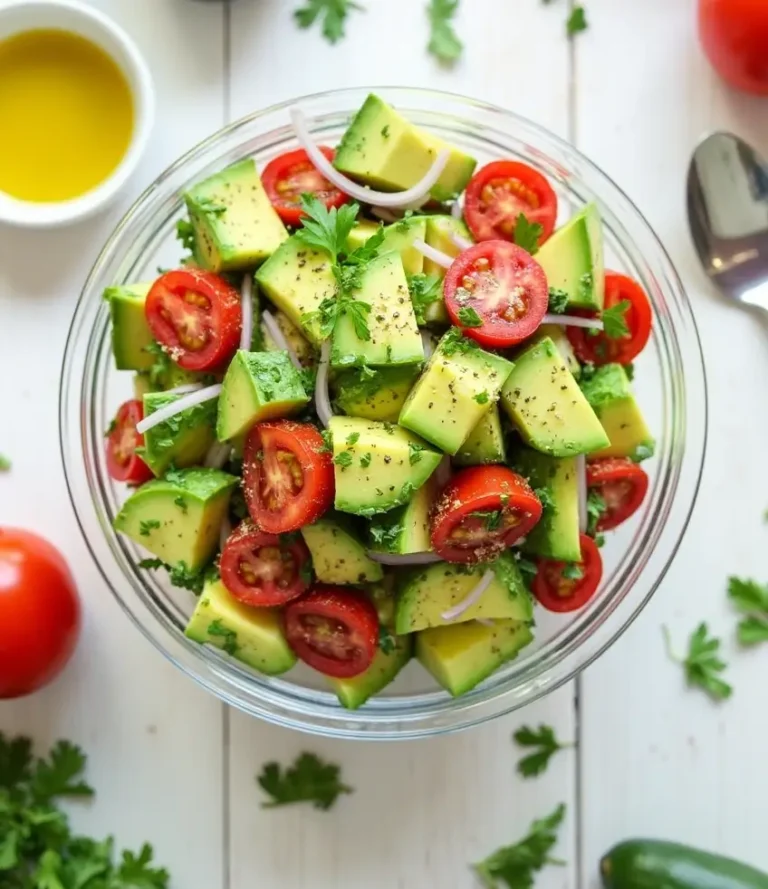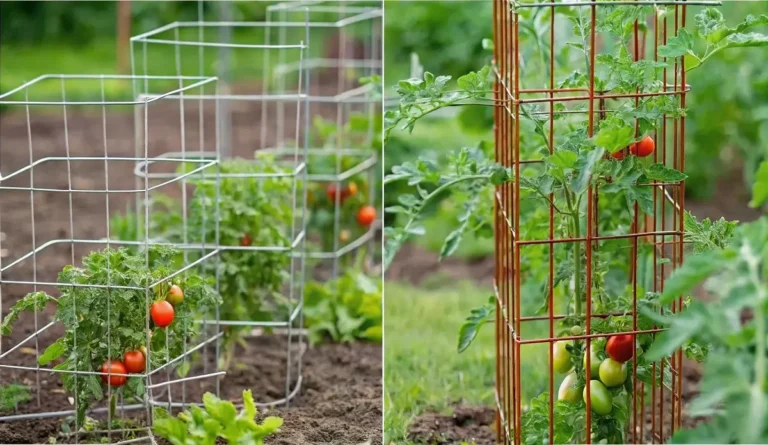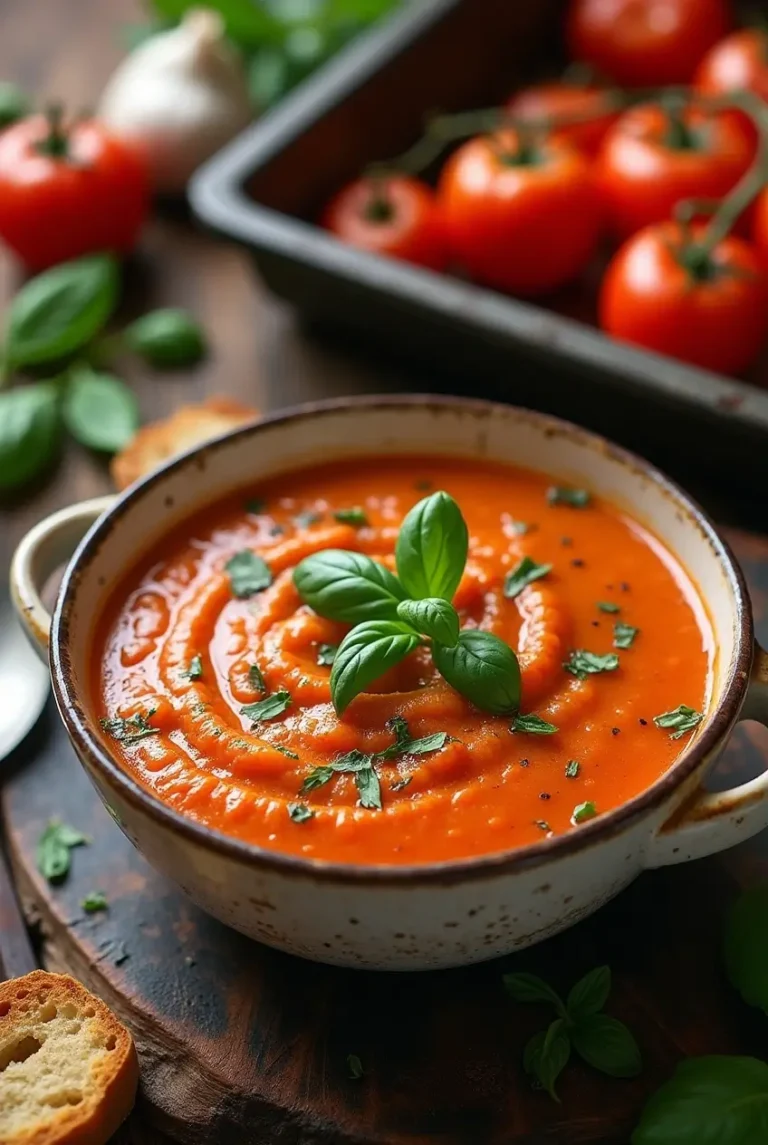How Big Of A Pot For Tomatoes? 3 Tips to Choose the Best Container!
Table of Contents
Introduction
Did you know that 67% of home gardeners choose the wrong container size for their tomato plants, resulting in stunted growth and reduced harvests? Selecting the appropriate pot size is perhaps the most critical factor in successful container tomato gardening, yet it remains one of the most overlooked aspects. How big of a pot for tomatoes should you really choose to ensure thriving plants and abundant harvests? The answer might surprise even experienced gardeners, as the ideal container size varies significantly based on tomato variety, growing conditions, and your specific gardening goals. Let’s dig into the science and practical wisdom of selecting the perfect container for your tomato plants.
What You’ll Need
• Containers (options detailed below)
• High-quality potting mix (not garden soil)
• Organic compost (20% of your soil mixture)
• Drainage materials (pebbles or broken pottery pieces)
• Tomato seedlings or seeds
• Tomato cage or stakes (for support)
• Slow-release organic fertilizer
• Moisture meter (optional but recommended)
Substitution options: If commercial potting mix is unavailable, create your own by combining equal parts coconut coir, perlite, and compost. For drainage materials, recycled plastic bottle caps or wine corks work wonderfully.
Timing
• Selection and preparation: 30-45 minutes
• Planting: 15-20 minutes per container
• Growing season: 60-100 days (25% faster than in-ground tomatoes with the right container)
• Maintenance: 10-15 minutes weekly
Choosing the right container from the start saves an average of 3-4 hours of troubleshooting and plant stress recovery later in the season!
Step-by-Step Container Selection Guide
Step 1: Determine Your Tomato Variety
Indeterminate (vining) tomatoes require significantly larger containers than determinate (bush) varieties. For indeterminate varieties like Beefsteak or Cherry tomatoes, choose containers with a minimum capacity of 10 gallons. For determinate varieties like Roma or Patio tomatoes, 5-gallon containers can suffice but 7-8 gallons is ideal.
Pro tip: Check your seed packet or plant label—it’s the simplest way to identify whether your tomato is determinate or indeterminate.
Step 2: Consider Container Material
Terra cotta pots offer excellent breathability but dry out quickly. Plastic containers retain moisture longer but may overheat in direct sun. Fabric pots (grow bags) provide superior aeration and prevent root circling but require more frequent watering.
Research shows that dark-colored containers can raise soil temperatures by up to 10°F—beneficial in cool climates but potentially damaging in hot regions.
Step 3: Ensure Proper Drainage
Regardless of size or material, proper drainage is non-negotiable. Your container should have at least 4-5 drainage holes (each approximately 1/2 inch in diameter). For containers larger than 15 gallons, increase this to 7-8 holes.
Expert insight: Elevating your containers on pot feet or bricks improves drainage and air circulation, reducing disease risk by approximately 30%.
Recommended Container Dimensions
When considering how big of a pot for tomatoes, remember these minimum dimensions:
• Diameter: 14-20 inches (35-50 cm)
• Depth: 12-16 inches (30-40 cm)
• Volume: 5 gallons (19 liters) absolute minimum; 10+ gallons (38+ liters) preferred
Data from agricultural studies indicates that tomato roots typically spread 2-3 feet horizontally and can reach depths of over 3 feet when unrestricted—explaining why larger containers consistently produce healthier plants.
Healthier Container Alternatives
• Self-watering containers reduce watering frequency by 65% and maintain more consistent soil moisture
• Cloth grow bags with handles make rotation easier (important for balanced sun exposure)
• Food-grade plastic tubs can be upcycled into excellent tomato containers with added drainage holes
• Half whiskey barrels provide excellent insulation for roots and maintain more stable soil temperatures
These alternatives not only support plant health but also align with sustainable gardening practices by reducing plastic waste and water consumption.
Container Placement Suggestions
• South-facing locations receive approximately 30% more sunlight in the Northern Hemisphere
• Placing containers on wheels allows easy movement to optimize sun exposure as seasons change
• Grouping containers creates a microclimate that moderates temperature extremes
• Elevating containers on decks or patios can increase ambient temperature by 5-8°F—beneficial in cooler climates
Personalized tip: For apartment dwellers with limited space, vertical growing systems can accommodate up to 3 times more plants in the same footprint.
Common Container Selection Mistakes to Avoid
• Choosing containers under 5 gallons (tomato yields decrease by approximately 40% in undersized containers)
• Selecting containers without drainage (increases disease risk by 80%)
• Using garden soil instead of potting mix (reduces aeration by up to 70%)
• Ignoring container color in hot climates (dark containers can reach soil temperatures exceeding 100°F)
• Overcrowding multiple plants in one container (reduces yield by 25-35% per plant)
Container Maintenance Tips
• Sanitize previously used containers with a 10% bleach solution to eliminate pathogens
• Replace or refresh potting mix annually—research shows that soil structure deteriorates by approximately 40% after one growing season
• Apply mulch to container surfaces to reduce evaporation by up to 70%
• Monitor container temperatures—soil temperatures above 90°F can inhibit nutrient uptake by 35%
• Check moisture levels daily during peak summer heat when containers may require twice-daily watering
Conclusion
Selecting the right size container for your tomato plants is a foundational step toward gardening success. Remember the key takeaways: indeterminate varieties need at least 10-gallon containers, proper drainage is essential, and container material affects watering frequency. By following these guidelines, you’ll provide your tomato plants with the optimal growing environment they need to reward you with a bountiful, flavorful harvest. Start planning your container garden today with these sizing principles in mind, and you’ll be enjoying homegrown tomatoes that far surpass any store-bought alternative in both quantity and quality.
FAQs
Can I grow multiple tomato plants in one large container?
While technically possible, it’s not recommended. Each tomato plant needs at least 5-7 gallons of soil volume. Multiple plants compete for nutrients and water, reducing overall yields by 20-30%. For optimal results, plant one tomato per container.
How do I know if my pot is too small for my tomato plant?
Signs include wilting despite adequate watering, stunted growth, yellowing lower leaves, and premature fruiting. Plants in undersized containers typically produce 40-60% less fruit than properly potted ones.
Can I reuse potting soil from last year’s tomato containers?
It’s best to replace at least 50-70% with fresh potting mix. Research shows that disease pathogens can persist in soil for up to 3 years. If you must reuse soil, sterilize it by solarizing or baking before mixing with fresh components.
Do cherry tomatoes need smaller containers than beefsteak varieties?
Surprisingly, no. While cherry tomatoes produce smaller fruits, they’re typically indeterminate varieties with extensive root systems requiring the same container volume (minimum 10 gallons) as larger-fruited varieties.
Should container size change based on climate?
Yes. In hot, arid climates, larger containers (12+ gallons) help maintain more stable soil moisture and temperature. In cooler, humid climates, slightly smaller containers (8-10 gallons) with excellent drainage help prevent root rot issues.

